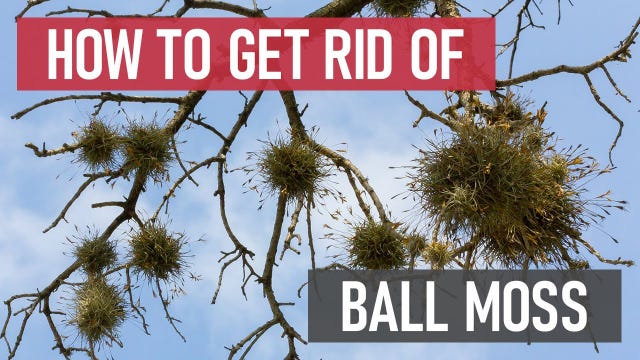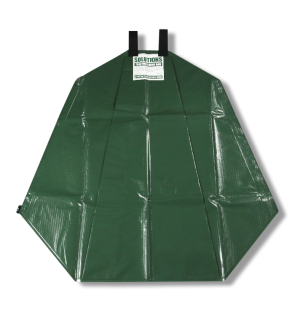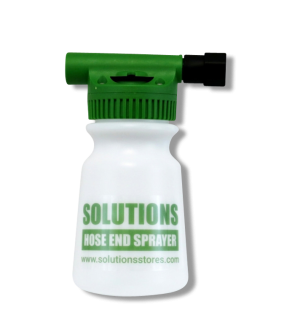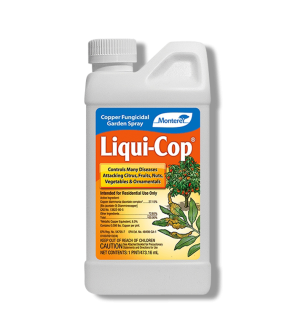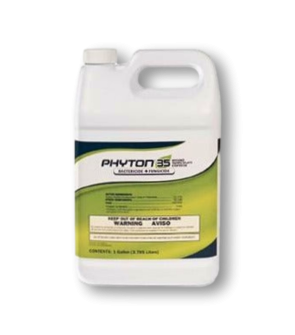Gain access to personalized product screening, the best pricing, rewards, and more!
Most Effective Products
Ball Moss Control: How To Get Rid of Ball Moss
This page is a general ball moss control guide. Using the products and methods suggested, you will get control of ball moss. Follow this guide and use the recommended products; we guarantee 100% control of ball moss.
When seeing ball moss on trees, some might think it is a fungal infection that will kill their plants. Ball moss is not a fungus but an epiphyte, a plant that lives on other plants. Epiphytes are not parasitic and receive their nutrients from water and the atmosphere.
Ball moss clings to limbs, tree trunks, power lines, fences, and many other structures. Because it photosynthesizes like a plant for food, it takes no nutrients from trees and is not harmful. If there is this plant, the most dangerous thing it will do is take sunlight away from the trees. Many people find ball moss unsightly and want to get rid of it.
If ball moss grows on your trees, follow our DIY guide for the advice and products you need to eliminate ball moss quickly and effectively.
Identification
Before treating it, you must be sure you are dealing with ball moss and not some other disease or issue. Misidentification may lead to wrong treatment methods, wasting your time and money. Some symptoms are below to help you identify ball moss.

- Ball moss grows as round rosette plant clumps. They lack real roots, but they have pseudo roots that cling to the branches they grow on. These clumps can be as large as a soccer ball.
- The leaves are long, thin, and narrow with a grey-green color.
- When it flowers, the flowers are blue or purple, one-third of an inch in diameter, and they have three petals.
Refer to the description and image above to confirm you are dealing with ball moss. If you are unsure of the fungus infesting your plants, take a photo or provide a sample in an enclosed container to show our staff online or in person at one of our store locations.
Inspection
After you have confirmed that you are dealing with ball moss, you can move forward with an inspection. During this phase, you will locate where the ball moss is thriving and how severe the issue is.

Where To Inspect
Ball moss can be found growing throughout the southern United States. It can grow on many trees and shrubs, but you can mainly find them on live oak trees. It’s also possible to find them growing on utility lines, fences, and other non-living structures.
It grows well in low light, little airflow, and high humidity. It matures after three years and produces flowers and seeds for six to seven years—mature ball moss blooms from April to fall.
What To Look For
Look for ball moss on or around your tree. It looks like gray or green clumps with long, thin leaves. When ball moss blooms, it may have purple flowers.
Treatment
Before handling or using pesticides, ensure you have the proper personal protective equipment (PPE). This equipment is essential because you will spray up towards the tree branches, and you want to protect yourself from getting product on your skin.
The product you will be using to get rid of ball moss is Liqui Cop Copper Fungicide. This copper fungicide is proven to work well against moss outbreaks. Timing is an important part of the treatment process to eliminate ball moss before it infests. We recommend spraying around late February or March to kill off all ball moss from a tree successfully.
We recommend making applications with a hose-end sprayer to reach tree canopies easily.
Liqui Cop Copper Fungicide is not recommended for use on ornamental plants growing underneath live oak trees or on metal and masonry surfaces such as galvanized roofing, cars, houses, lawn furniture, etc.
Step 1: Apply Liqui Cop Copper Fungicide

Before using any products, measure the height of the affected tree you want to treat.
For ball moss applications, you will need to use 2 fl. oz. of Liqui Cop Copper Fungicide with 1 gallon of water. Spray 1.5 gallons of solution per foot of the tree height.
After calculating the amount of Liqui Cop Copper Fungicide needed for the area you want to treat, you can create a mixture.
Turn the water off to your garden hose. Remove the sprayer reservoir from the nozzle while the sprayer control valve is off. Pour the proper amount of Liqui Cop Copper Fungicide into the reservoir bottle.
Once filled, switch the control valve to the on position.
Spray the entire tree thoroughly, wetting the upper and lower surfaces of foliage, including any ball moss.
Be sure to spray on calm days when temperatures are not too hot and when wind speeds are low to minimize drift. Avoid spraying sites where ornamental plants are growing beneath trees, and avoid spraying near metal or masonry surfaces such as galvanized roofing.
Be sure rainfall is not predicted for the next 24 hours after application.
Step 2: Reapply the Solution
A second application may be required after 12 months.
Prevention
After applying treatment and getting rid of ball moss in your area, you can take a few steps to ensure that this plant does not reappear.
- Prune your trees to remove overgrown branches, which will reduce shade. Because ball moss lives in areas with high moisture and low sunlight, it is best to maintain your lawn regularly to reduce spots like this. Having a yard with adequate moisture and plenty of sunlight will reduce your chances of dealing with ball moss again.
- Adjust watering to deliver no more than one inch of irrigation once per week. It is best to make applications during the early morning to give the water enough time to dry up. To help ensure the proper amount of water for trees we recommend using the Solutions Tree Water Bag. Place 1 Solutions Tree Watering Bag around trees with a diameter of up to 3 inches. Zip 2 of the Solutions Tree Watering Bags together for trees 4 to 8 inches in diameter. Wrap the bag around the tree's base and insert the watering hose into the bag's openings. Fill it with the desired amount of water.
- Maintain regular lawn care practices such as mowing and raking to reduce potential shade and moisture conditions.
- Finally, be sure to make a reapplication of Liqui Cop Copper Fungicide 12 months after the initial treatment. Do not apply more than seventy-five point one fluid ounce of product per 1,000 square feet per year.
Key Takeaways
What is Ball Moss?
- Ball moss is a plant that grows in areas with low sunlight and high moisture. It neither harms nor helps trees' health, and it can appear in large numbers on trees.
How to Get Rid of Ball Moss
- Treating ball moss requires continual pruning and treatment with Liqui Cop Copper Fungicide. You will spray the entire tree with this solution and should see results in a matter of weeks.
Prevent Ball Moss Reinfestations
- To prevent ball moss from returning, maintain your lawn regularly, prune your trees, and reapply your solution as it appears. Continually reapply the Liqui Cop Copper Fungicide 12 months after the first treatments.






